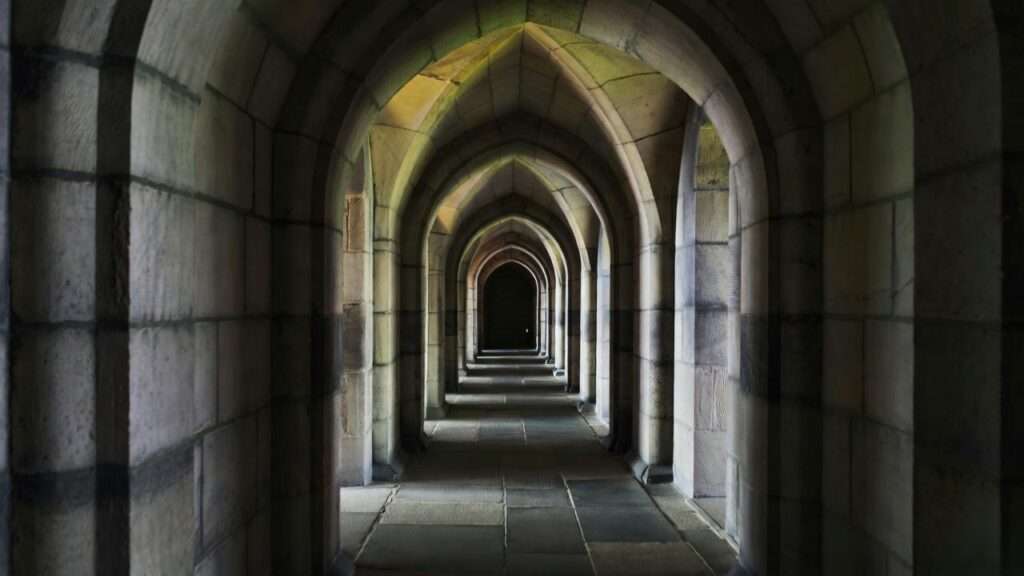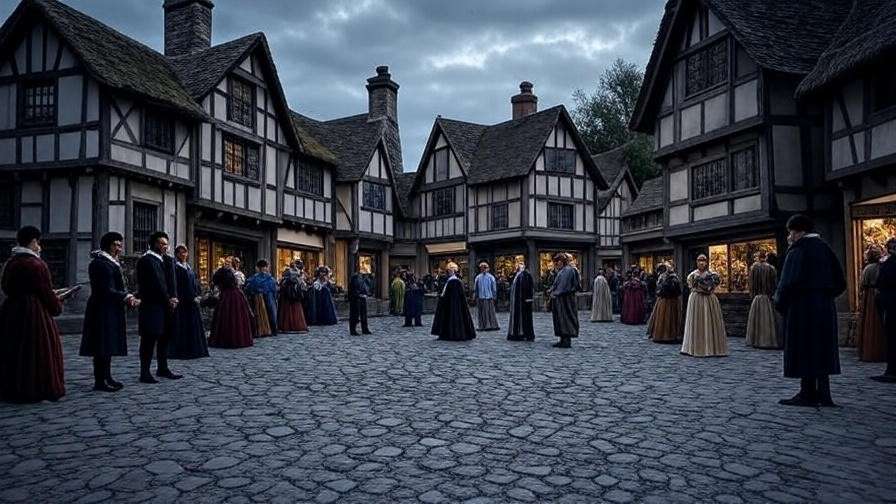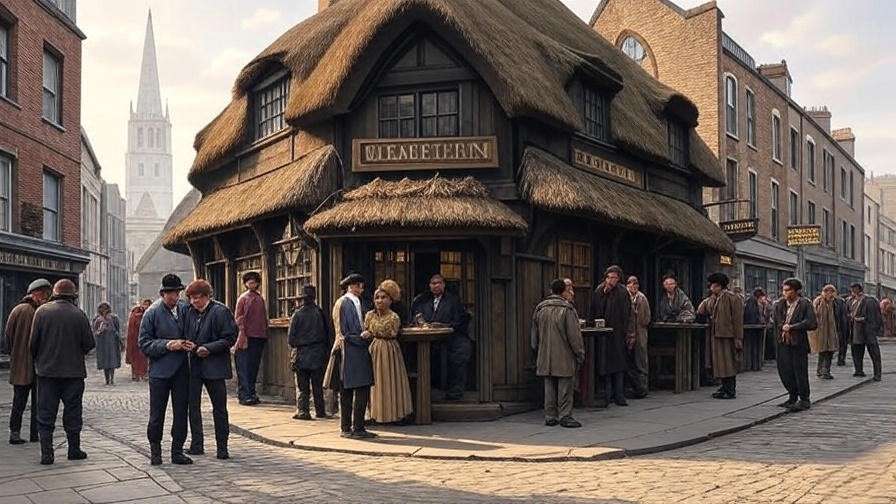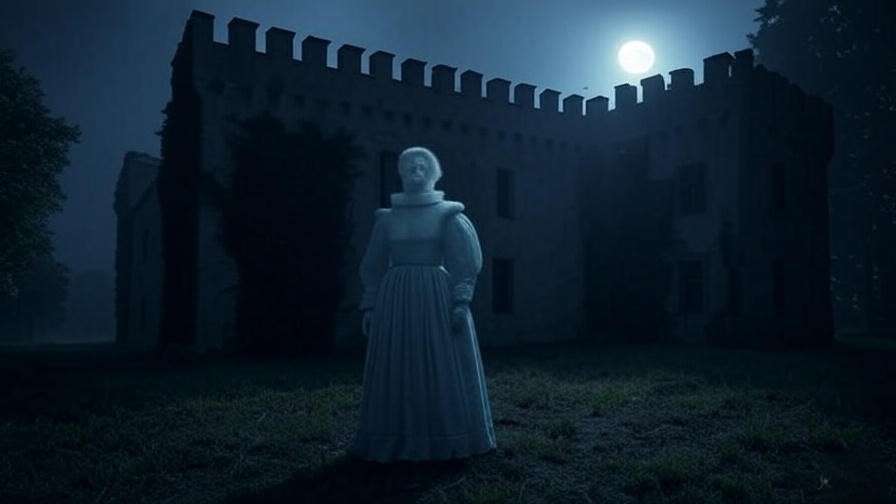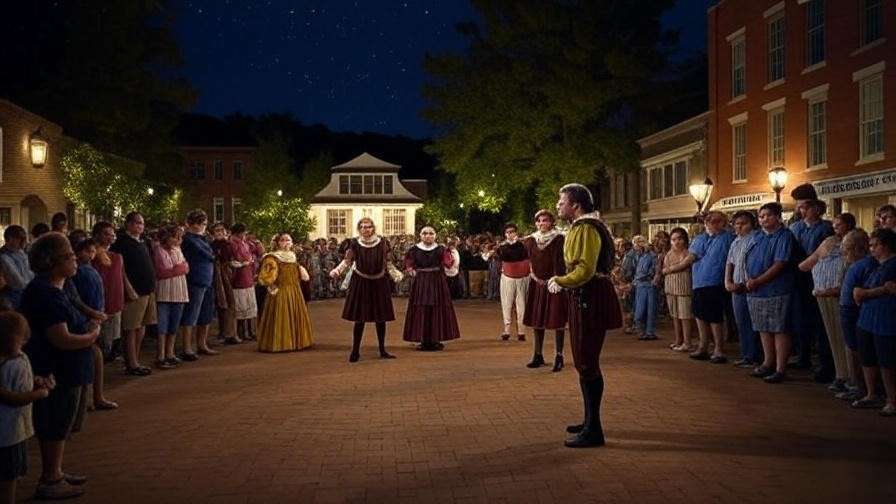Imagine standing in the shadowed halls of Elsinore Castle, where whispers of betrayal echo through stone corridors and private chambers conceal secrets that drive a kingdom to ruin. In William Shakespeare’s Hamlet, the concept of “apartments”—the private rooms and spaces within Elsinore—serves as more than a mere backdrop. These Hamlet apartment are a lens through which we uncover layers of symbolism, from isolation and introspection to power and surveillance. For students, theatergoers, and Shakespeare enthusiasts, understanding these spaces deepens your connection to the play’s emotional and philosophical core. As a Shakespearean scholar with over a decade of analyzing Elizabethan drama, I invite you to explore how these settings shape Hamlet’s narrative and resonate with modern readers. This article decodes the literal and metaphorical roles of Hamlet’s apartments, offering insights to enrich your next read or performance experience.
What Are the “Hamlet Apartments”? Defining the Concept
Literal Spaces in Elsinore Castle
In Hamlet, the term “apartments” refers to the private chambers and secluded spaces within Elsinore Castle, the fictional Danish stronghold where the tragedy unfolds. These spaces include Gertrude’s chamber, Hamlet’s private quarters, and the battlements where the ghost of King Hamlet appears. Each setting serves a distinct narrative purpose. For instance, Gertrude’s chamber is the stage for the intense confrontation between Hamlet and his mother in Act 3, Scene 4, while the battlements set the tone for the play’s supernatural elements.
Elizabethan architecture heavily influenced Shakespeare’s depiction of these spaces. Castles like Kronborg in Denmark, often cited as an inspiration for Elsinore, featured private apartments that separated royalty from courtiers. These rooms were not just functional but symbolic of status and seclusion. According to historian John Summerson, Elizabethan interiors were designed to reinforce social hierarchies, with private chambers reserved for intimate or high-stakes interactions. In Hamlet, these apartments are meticulously crafted to mirror the characters’ inner states and drive the plot forward.
Symbolic Significance of “Apartments”
Beyond their physical presence, the Hamlet apartments carry profound symbolic weight. They represent isolation, secrecy, and the psychological confinement of the characters. Hamlet’s private quarters, for example, are where he grapples with existential questions, as seen in his famous “To be or not to be” soliloquy (Act 3, Scene 1). These spaces mirror his mental turmoil, acting as a metaphorical prison for his indecision and grief.
The theme of surveillance also permeates these apartments. Polonius’s act of hiding behind an arras in Gertrude’s chamber (Act 3, Scene 4) underscores the invasion of privacy that runs throughout the play. As literary critic Stephen Greenblatt notes in Will in the World, Shakespeare often used private spaces to explore themes of betrayal and hidden motives. The Hamlet apartments thus become battlegrounds where personal and political conflicts collide, offering readers a deeper understanding of the play’s tension.
Why the “Apartments” Matter in Hamlet
Shaping Character Dynamics
The private spaces in Hamlet are critical to character development and plot progression. In Gertrude’s chamber, the confrontation between Hamlet and his mother reveals raw emotional truths. Hamlet’s accusation, “You are the queen, your husband’s brother’s wife” (Act 3, Scene 4), gains intensity because it occurs in a private, confined space where facades can drop. The intimacy of the setting amplifies the stakes, making this one of the play’s most pivotal moments.
Similarly, Claudius’s private prayers in Act 3, Scene 3, expose his guilt and vulnerability. The seclusion of the setting allows Shakespeare to peel back the king’s public persona, revealing his inner conflict. These moments demonstrate how the Hamlet apartments serve as catalysts for character-driven drama, making them essential to the play’s emotional depth.
Reflecting Elizabethan Social Norms
The use of private spaces in Hamlet also reflects Elizabethan social structures. In the 16th century, private apartments were reserved for the elite, symbolizing power and exclusivity. Women, like Gertrude, were often confined to domestic spaces, which Shakespeare uses to comment on gender roles. The queen’s chamber, for instance, is both a place of authority and vulnerability, highlighting her complex role in the Danish court.
Moreover, the Hamlet apartments underscore the era’s obsession with surveillance. Elizabethan courts were rife with espionage, as noted by historian Alison Weir in Elizabeth I. Shakespeare mirrors this in the play, with characters like Polonius and Claudius using private spaces to spy or manipulate. This historical context enriches our understanding of the apartments as more than mere settings—they are microcosms of societal dynamics.
Expert Insight: Renowned Shakespeare scholar Harold Bloom argues in Shakespeare: The Invention of the Human that the play’s settings are “extensions of the characters’ psyches.” The Hamlet apartments are not just rooms but reflections of the characters’ inner struggles, making them indispensable to the play’s thematic richness.
Key Scenes Set in Hamlet’s “Apartments”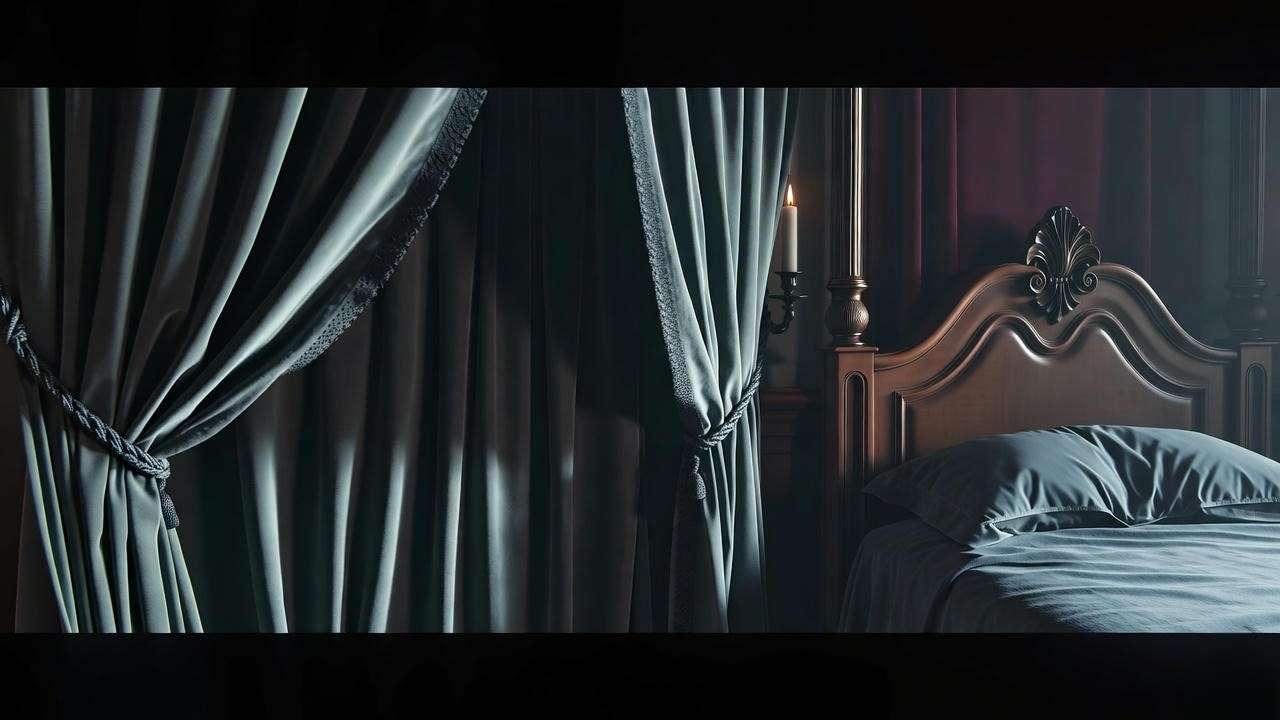
Gertrude’s Chamber (Act 3, Scene 4)
The “closet scene” in Gertrude’s chamber is a masterclass in Shakespearean drama. Here, Hamlet confronts his mother about her marriage to Claudius, leading to a raw exchange that exposes their fractured relationship. The private setting intensifies the emotional weight, as Hamlet’s accusations—“O shame, where is thy blush?” (Act 3, Scene 4)—cut deeper in the intimacy of the chamber.
The scene also marks a turning point, as Polonius’s death behind the arras shifts the play toward its tragic climax. The chamber’s seclusion makes this moment possible, as it allows for unguarded dialogue and fatal mistakes. For readers, this scene is a key to understanding Hamlet’s motivations and Gertrude’s ambiguity.
Reader Tip: When studying this scene, note how the stage directions (e.g., “behind the arras”) emphasize the violation of private space. Discuss this in essays to highlight Shakespeare’s use of setting to drive conflict.
Hamlet’s Soliloquies in Private Spaces
Hamlet’s soliloquies, often delivered in secluded settings, are among the play’s most iconic moments. The “To be or not to be” soliloquy (Act 3, Scene 1), likely spoken in a private corner of Elsinore, encapsulates Hamlet’s existential crisis. The isolation of the setting mirrors his mental state, creating a space for introspection that resonates with audiences.
Compare this to his public speeches, such as the “O, what a rogue and peasant slave am I” soliloquy (Act 2, Scene 2), delivered in a more open space. The private apartments allow Hamlet to drop his “antic disposition,” revealing his true thoughts. This contrast underscores the symbolic role of the Hamlet apartments as sanctuaries for truth in a world of deception.
Example: In Kenneth Branagh’s 1996 film adaptation, the “To be or not to be” soliloquy is set in a mirrored hall, symbolizing Hamlet’s self-reflection. Notice how directors use settings to amplify the text’s meaning in performances.
Polonius’ Death and the Invasion of Privacy
Polonius’s death in Gertrude’s chamber is a stark reminder of the dangers lurking within private spaces. His decision to hide behind the arras to eavesdrop on Hamlet and Gertrude reflects the play’s recurring theme of surveillance. When Hamlet stabs him, mistaking him for Claudius, the violation of the chamber’s sanctity becomes literal and fatal.
This moment encapsulates the Hamlet apartments as spaces of vulnerability. As scholar Marjorie Garber notes in Shakespeare After All, the arras symbolizes the thin veil between public and private life in Elsinore. For readers, this scene highlights how Shakespeare uses settings to blur the lines between safety and danger.
The Broader Symbolism of “Apartments” in Shakespeare’s Works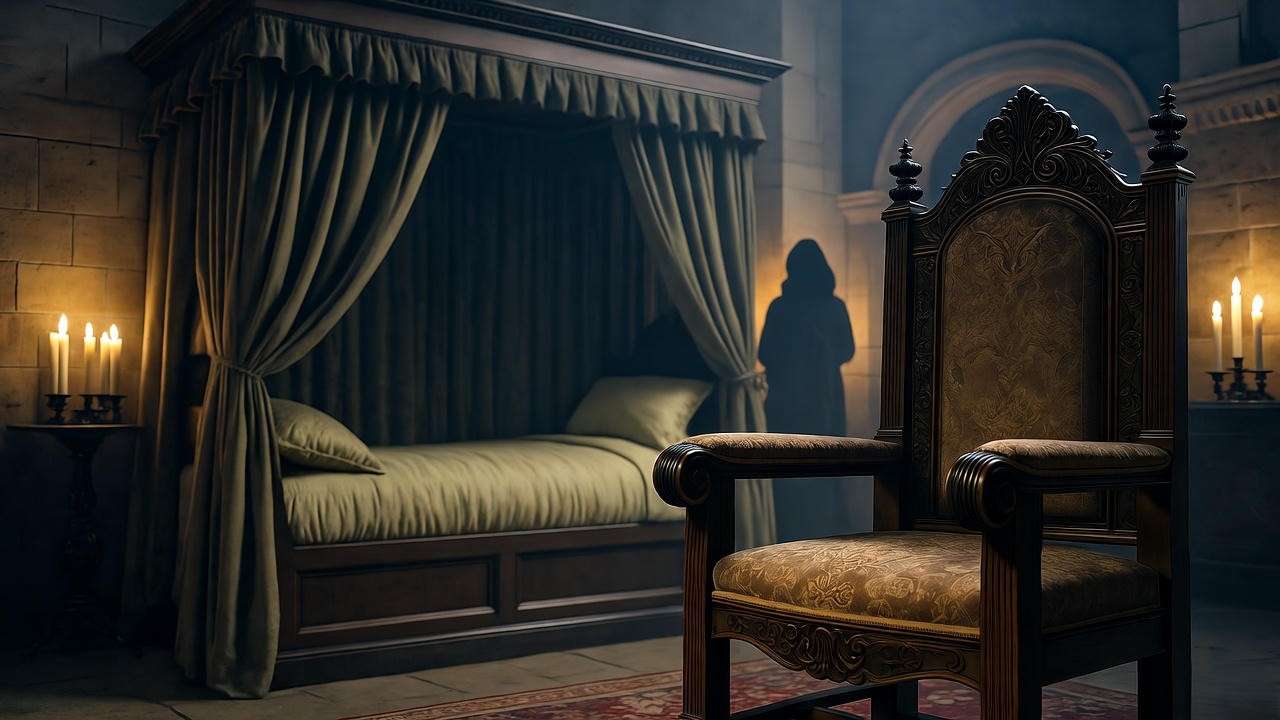
Comparing Hamlet to Other Plays
The symbolic use of private spaces is not unique to Hamlet. In Macbeth, Lady Macbeth’s chamber is where she grapples with guilt, as seen in her sleepwalking scene (Act 5, Scene 1). Similarly, in Othello, Desdemona’s bedroom becomes a site of betrayal and tragedy (Act 5, Scene 2). These parallels show how Shakespeare consistently uses apartments to explore themes of intimacy, betrayal, and psychological conflict.
In Hamlet, the apartments take on a unique role due to the play’s focus on surveillance and existentialism. Unlike Macbeth, where private spaces are tied to guilt, or Othello, where they signify betrayal, the Hamlet apartments are multifaceted, embodying isolation, power, and philosophical inquiry.
Psychological and Philosophical Layers
The Hamlet apartments also serve as metaphors for the mind. Hamlet’s private quarters, where he delivers his soliloquies, mirror his introspective nature. Psychoanalytic critics, such as Ernest Jones in Hamlet and Oedipus, argue that these spaces represent Hamlet’s subconscious, where he confronts his deepest fears and desires.
Philosophically, the apartments symbolize the existential confinement of the human condition. Hamlet’s question, “What is a man, if his chief good and market of his time be but to sleep and feed?” (Act 4, Scene 4), resonates in the context of his isolated spaces. For modern readers, these layers make the Hamlet apartments a rich subject for analysis.
Expert Tip: To deepen your understanding of Shakespeare’s tragedies, compare the use of private spaces across his works. Create a chart listing key scenes and their symbolic roles to identify patterns in his storytelling.
How to Apply This Understanding to Your Study of Hamlet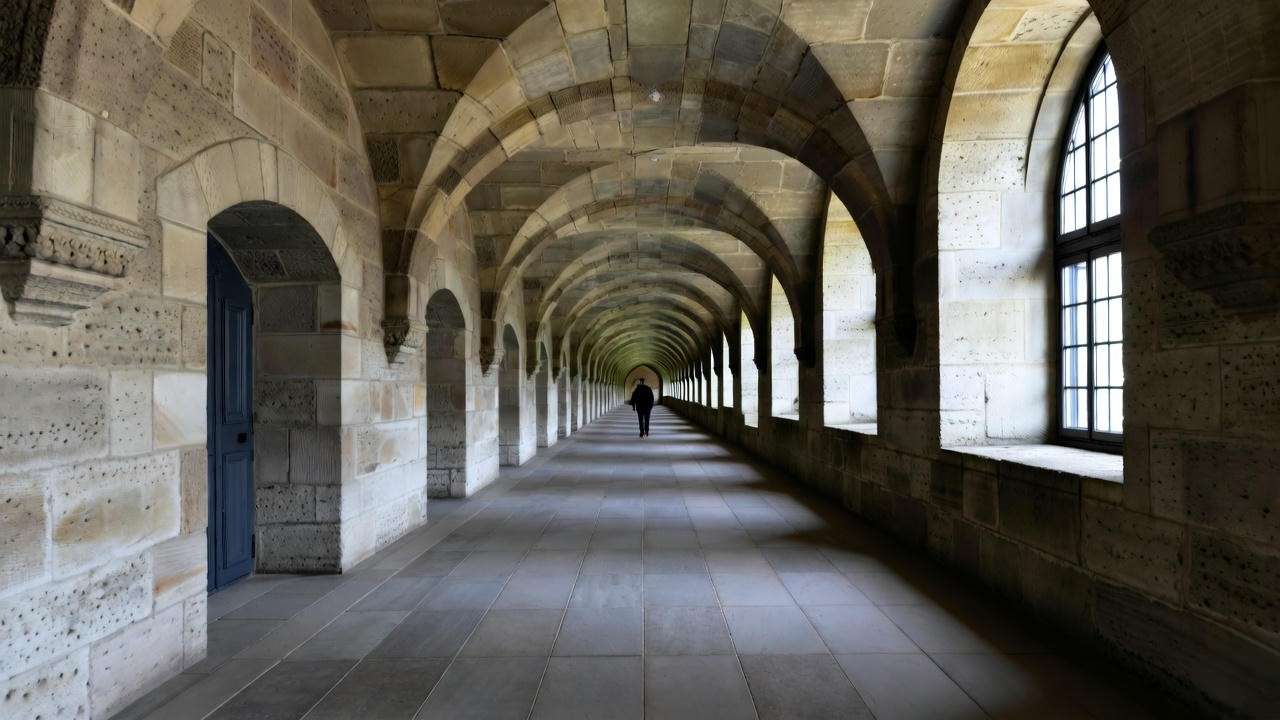
For Students and Educators
Understanding the role of Hamlet apartments can transform how students and educators approach the play. When analyzing Hamlet for essays or class discussions, focus on how settings influence character motivations and plot development. For example, consider how the privacy of Gertrude’s chamber in Act 3, Scene 4, allows Hamlet to confront his mother without the court’s scrutiny, revealing truths that would remain hidden in public spaces.
To guide your analysis, use this step-by-step framework:
- Identify the Setting: Note the specific “apartment” (e.g., Gertrude’s chamber, Hamlet’s quarters) and its physical characteristics.
- Analyze the Action: Examine the key events or dialogues that occur in the space. How do they drive the plot?
- Explore Symbolism: Consider what the setting represents (e.g., isolation, power, vulnerability).
- Connect to Themes: Link the setting to broader themes like surveillance, betrayal, or existentialism.
- Compare Across Scenes: Contrast the use of private vs. public spaces to highlight their unique roles.
For educators, incorporate spatial analysis into lesson plans. Assign students to map Elsinore’s layout based on textual clues or compare stage designs in different Hamlet productions. A downloadable checklist, “Key Questions to Ask About Settings in Hamlet,” can help students structure their analysis:
- What is the physical description of the space?
- Who interacts in this setting, and how does it shape their behavior?
- What themes or symbols does the space evoke?
- How does the setting contrast with other locations in the play?
This approach not only deepens comprehension but also aligns with academic standards for literary analysis, making it valuable for high school and college curricula.
For Casual Readers and Theatergoers
For those reading Hamlet for pleasure or attending a performance, the Hamlet apartments offer a lens to enhance your experience. Pay attention to how directors use stage design, lighting, and props to emphasize these spaces. For instance, a dimly lit chamber can underscore the secrecy of a scene, while an open hall might highlight exposure. In Kenneth Branagh’s 1996 film adaptation, the use of mirrors in Hamlet’s soliloquy settings amplifies his self-reflection, a visual cue rooted in the play’s text.
When watching a performance, note how actors navigate private spaces. In Gertrude’s chamber, for example, does Hamlet’s body language shift as he enters her private domain? These choices reveal how directors interpret the Hamlet apartments as symbolic spaces. For readers, try visualizing these settings as you read. Imagine the cold stone walls of Elsinore or the heavy drapes of Gertrude’s chamber to immerse yourself in the play’s atmosphere.
Pro Tip: Before attending a Hamlet performance, review key scenes set in private spaces (e.g., Act 3, Scene 4). This will help you notice directorial choices and deepen your appreciation of the production.
For Scholars and Researchers
For academic researchers, the Hamlet apartments offer rich avenues for exploration. One approach is to compare Elsinore’s layout to historical castles like Kronborg in Denmark, which Shakespeare likely drew upon. Archival records from the Folger Shakespeare Library describe Kronborg’s private chambers as spaces for royal counsel and intrigue, mirroring Elsinore’s role in Hamlet. This historical parallel can anchor a research paper on Shakespeare’s use of architecture.
Another angle is to analyze spatial metaphors in early modern drama. Scholars like Ina Habermann, in Shakespeare and Space, argue that settings in Renaissance plays reflect cultural anxieties about privacy and power. A comparative study of Hamlet and contemporaries like Marlowe’s Doctor Faustus could explore how private spaces function as narrative devices. For example, how do Hamlet’s apartments compare to Faustus’s study as sites of introspection?
Research Resource: JSTOR offers articles like “Space and Place in Shakespeare’s Tragedies” (Journal of Early Modern Studies, 2018), which can provide a foundation for deeper analysis. Cross-reference these with primary texts from the period to build a robust argument.
Common Misconceptions About Hamlet’s Settings
Myth: Elsinore Is Just a Backdrop
A common misconception is that Elsinore Castle serves merely as a stage for Hamlet’s action, with no deeper significance. In reality, the Hamlet apartments are integral to the play’s meaning. Each space—from the battlements to Gertrude’s chamber—shapes the narrative and reflects the characters’ inner states. For instance, the ghost’s appearance on the battlements (Act 1, Scene 1) sets a supernatural tone that reverberates through the private spaces, linking them to themes of death and retribution.
This myth likely stems from early readings of Shakespeare that prioritized dialogue over stagecraft. However, as director Peter Brook notes in The Empty Space, Shakespeare’s settings are “active participants” in the drama. By analyzing the Hamlet apartments, readers uncover layers of meaning that elevate the play beyond its words.
Myth: “Apartments” Are Only Physical Spaces
Another misconception is that the Hamlet apartments are purely physical locations, devoid of symbolic value. In truth, these spaces carry metaphorical weight, representing isolation, secrecy, and psychological conflict. For example, Hamlet’s private quarters symbolize his mental imprisonment, as seen in his soliloquies where he wrestles with indecision. Similarly, Gertrude’s chamber embodies the tension between public duty and private desire, as her interactions with Hamlet reveal.
Literary critic Marjorie Garber counters this myth in Shakespeare After All, arguing that “every setting in Hamlet is a state of mind.” By viewing the apartments as both literal and symbolic, readers gain a richer understanding of Shakespeare’s craft.
Expert Insight: Some scholars, like A.C. Bradley in Shakespearean Tragedy, downplay spatial symbolism in favor of character analysis. However, Bradley’s focus overlooks how settings like the Hamlet apartments amplify character motivations, as evidenced by the closet scene’s emotional intensity.
FAQs About Hamlet Apartments and Symbolism
What does the term “apartments” mean in the context of Hamlet?
In Hamlet, “apartments” refer to private rooms within Elsinore Castle, such as Gertrude’s chamber or Hamlet’s quarters. These spaces are both physical settings for key scenes and symbolic representations of isolation, secrecy, and power. For example, Gertrude’s chamber is a literal room but also a metaphor for her conflicted loyalties.
How do the “apartments” influence Hamlet’s character development?
The Hamlet apartments provide a space for Hamlet to reveal his true thoughts and emotions, free from the court’s scrutiny. His soliloquies in private settings, like “To be or not to be,” expose his existential struggles, while his confrontation with Gertrude in her chamber marks a shift toward action. These spaces shape his journey from indecision to resolution.
Are there real-world inspirations for Elsinore’s “apartments”?
Elsinore is likely inspired by Kronborg Castle in Denmark, a Renaissance-era fortress with private chambers for royalty. Shakespeare, familiar with Danish history through sources like Saxo Grammaticus, used this setting to ground Hamlet in a realistic yet symbolic space. The British Library’s archives on Elizabethan travel confirm Kronborg’s influence.
How can I analyze settings in other Shakespeare plays?
To analyze settings in Shakespeare’s works, use the framework outlined earlier: identify the space, analyze its role in the action, explore its symbolism, and connect it to themes. For example, in Macbeth, Lady Macbeth’s chamber symbolizes guilt, while in Othello, Desdemona’s bedroom represents betrayal. This approach applies to any play and enhances critical reading.
The Hamlet apartments are far more than architectural details—they are the heart of Shakespeare’s exploration of isolation, power, and human complexity. From Gertrude’s chamber to Hamlet’s private quarters, these spaces shape the play’s narrative, amplify its themes, and offer a window into the characters’ souls. For students, theatergoers, and scholars, understanding these settings unlocks new layers of meaning, making your next read or performance of Hamlet profoundly rewarding.
Revisit Hamlet with an eye for its apartments, and consider joining a Shakespeare reading group to discuss their significance. Share your favorite Hamlet scene set in a private space in the comments or on X to spark conversation. For more insights, explore related articles on the William Shakespeare Insights blog or visit trusted resources like the Folger Shakespeare Library.

